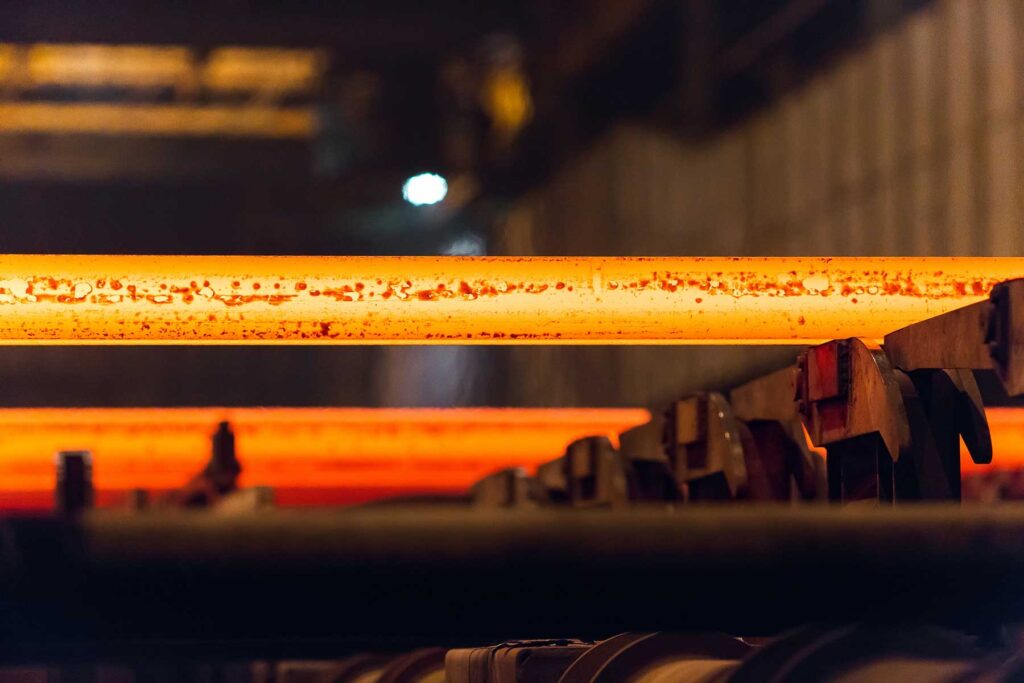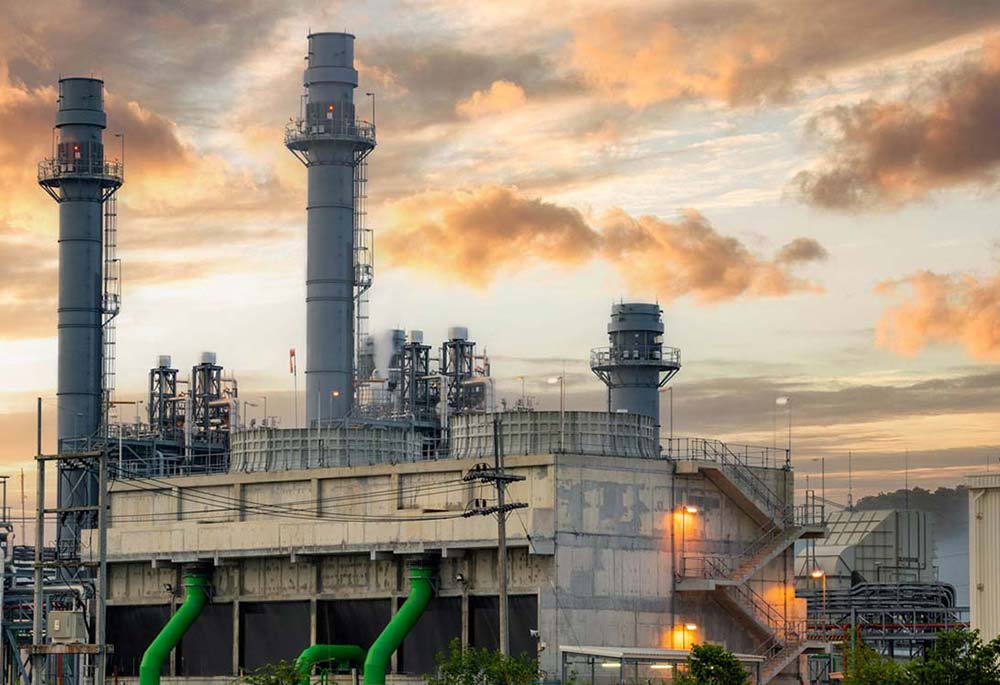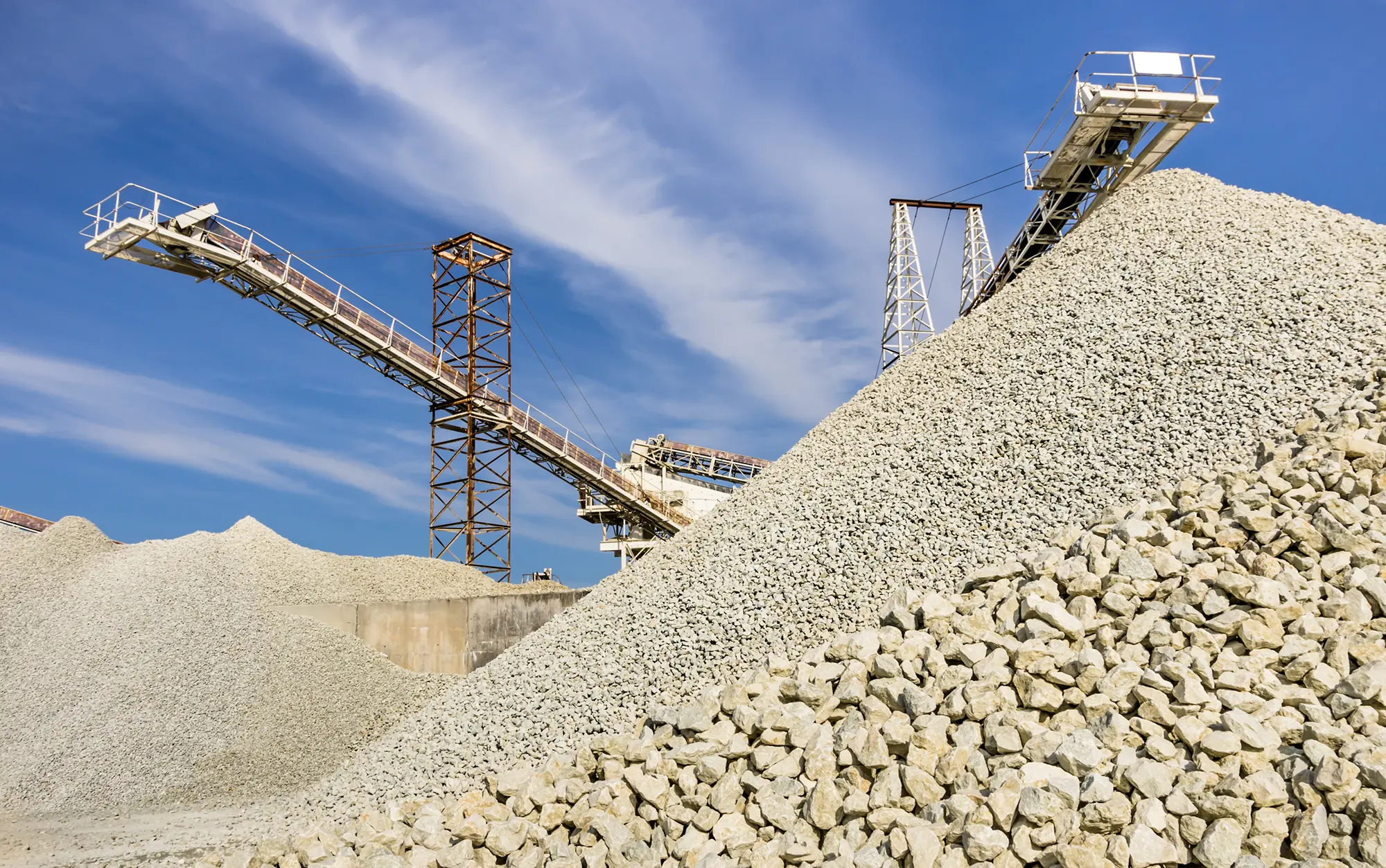Already facing volatility, the rapid emergence of AI and surge in demand and new tax incentives for critical minerals brings even more change and opportunities.
Our newsletter aims to help you take control of your metallurgical accounting, production reporting, process optimisation and sustainability reporting by embracing data.
This edition explores how AI is already transforming mining operations and gets you up to speed on Australia’s new Critical Minerals Production Tax Incentive (CMPTI). If you have questions or need more information, please get in touch.
NEWS
Why mining leaders should prioritise AI implementation
AI is already transforming many industries, and mining is no exception. It is predicted to deliver substantial cost savings, improved safety, operational efficiency and reduced emissions. While there are risks to manage around data security, integration costs, ethics and skills requirements, the strategic value of AI adoption is undeniable.
Applications of AI in mining and minerals processing
AI is being deployed across the mining value chain for operational efficiency, mineral exploration, autonomous technology, predictive maintenance and sophisticated data processing. For mining operations that rely on data analysis, process automation and new technologies the benefits of AI and machine learning (ML) cannot be underestimated.
While AI adoption in mining has been gradual so far, significant value can be derived from existing infrastructure such as control systems and historical data capture. AI can detect patterns in large volumes of plant data that humans cannot, substantially increasing productivity and competitive advantage.
Effective data management is the foundation of successful AI deployment. Mining companies must centralise, organise and connect siloed data to unlock AI’s full potential to turn raw data into actionable insights.
The digital business imperative
To compete, mining leaders are doubling down on digital initiatives. More than half (59%) of industry leaders say digital transformation is critical to their organisation’s success1 – crucial for improving safety, mining throughput and reducing emissions.
AI and ML are at the forefront of this digital shift, with 45% of executives recognising these technologies as key to capitalising on business opportunities. However, skills shortages remain a critical barrier, with 47% of mining executives identifying this as their biggest hurdle to adopting new technologies.2
By replacing legacy systems with AI-driven solutions, mining companies can harness big data to identify patterns, predict outcomes and optimise plant operations. These technologies enable operators to answer vital questions: Are we achieving the best possible yield? How can we improve efficiency? What plant conditions drive maximum profitability?
Metallurgical Systems’ AI approach
We’ve integrated AI/ML capabilities into our technology since 2010. Our Metallurgical Intelligence suite of products learns patterns from existing and simulated data, then generates additional data that meets these patterns.
We’ve seen measurable performance gains from our AI-driven solutions in minerals processing operations, including up to 5% increased recovery and up to 6% lower production costs. In one concentrator facility, our AI analysis identified optimum operating conditions that delivered potential recovery improvements worth millions in additional copper product.
Solutions like MI Process Optimiser® demonstrate this new era of mining intelligence by using AI and ML to analyse the rich data generated by plants and empower operators to make informed decisions to maximise efficiency, sustainability and profitability.
The key to benefit from AI is finding solutions that address your specific operational challenges while providing the expertise needed to implement them effectively.
Critical Minerals Production Tax Incentive is here
Driven by the energy transition, the demand for critical minerals has doubled over the last five years to USD $320 billion. In response to this growing market, the Critical Minerals Production Tax Incentive (CMPTI) has arrived, with the Future Made in Australia (Production Tax Credit and Other Measures) Bill 2024 passing through Parliament on 11 February 2025. Designed to encourage investment in Australia’s critical minerals processing sector, the bill establishes two significant tax incentives:
- A Hydrogen Production Tax Incentive worth $2 per kilogram of renewable hydrogen produced
- A Critical Minerals Production Tax Incentive worth 10% of eligible processing and refining costs for Australia’s 31 critical minerals
The incentives will be available for production occurring between 1 July 2027 and 30 June 2040, with eligible facilities able to claim for up to 10 years.
The critical minerals opportunity for mining companies
Australia’s Critical Minerals List includes 31 minerals essential to modern technologies, economies and national security – particularly those needed for the transition to net zero emissions, advanced manufacturing and defence technologies. To be eligible for the CMPTI, companies must:
- Be a constitutional corporation conducting a registered processing activity
- Incur specific expenditure in carrying on the processing activity
- Meet residency requirements (Australian tax resident or foreign resident with a permanent establishment in Australia)
What qualifies as a CMPTI processing activity?
The legislation specifically defines eligible processing activities as:
- Transforming a feedstock containing a critical mineral into a purer or more refined form that is chemically distinct from the feedstock
- Producing a defined outcome in relation to one or more critical minerals
This definition encompasses a range of processing technologies including reduction, pyrometallurgy, hydrometallurgy and advanced materials manufacturing – precisely the areas where digital tracking and optimisation deliver the greatest benefits.
How Metallurgical Systems can help
Metallurgical Systems delivers specialised expertise in the processing technologies essential for critical minerals, including reduction, pyrometallurgy, hydrometallurgy and advanced materials manufacturing. Our solutions provide the data management, simulation and process optimisation tools needed to maximise yield, test new processes, maintain compliance with regulatory requirements and capitalise on the new tax incentive.
WIKI
A comprehensive guide to the AMIRA P754 Code of Practice

While AMIRA P754 remains the recognised standard for metallurgical accounting governance, modern mining operations face far more complex data management challenges than when it was established in 2004. This guide explains how digital solutions can help you achieve and exceed standards through automated capture, simulation and advanced validation capabilities.
THOUGHT LEADERSHIP
The National Greenhouse and Energy Reporting Scheme (NGER)

With mining accounting for 68% of Australia’s total greenhouse emissions, the sector faces growing pressure to measure, report and reduce emissions under NGER and the Safeguard Mechanism. With these frameworks demanding accurate, auditable data, this guide explains how digital solutions can streamline compliance through automated data capture and sophisticated metallurgical accounting.





